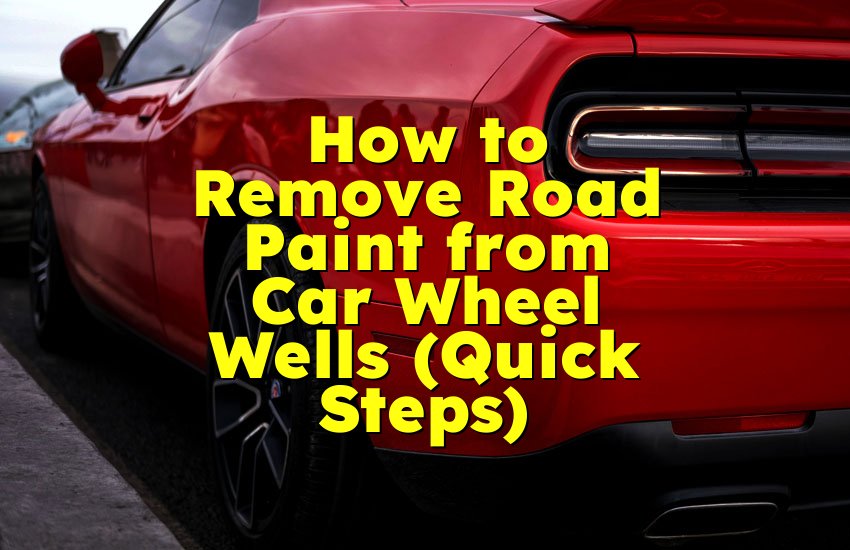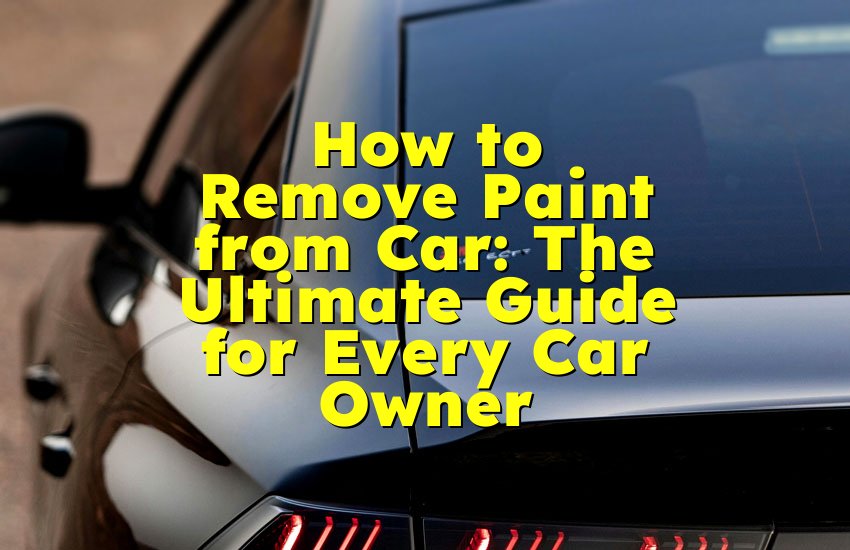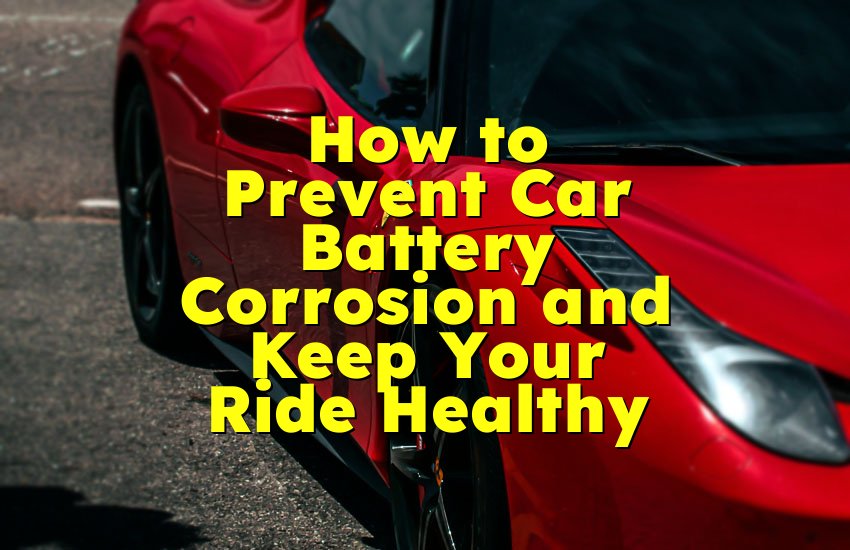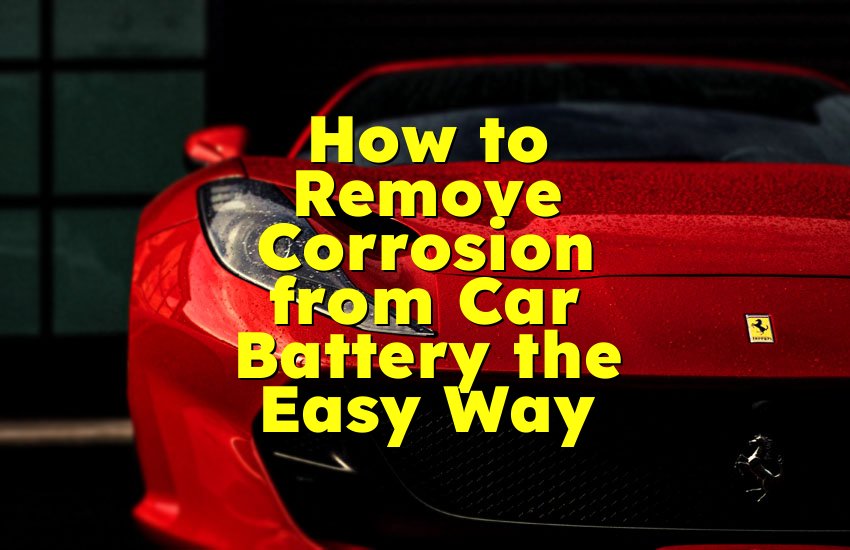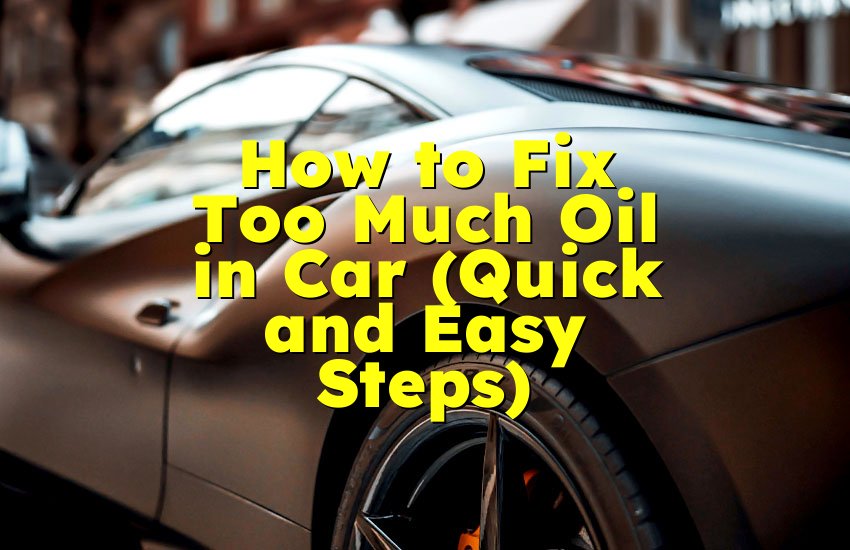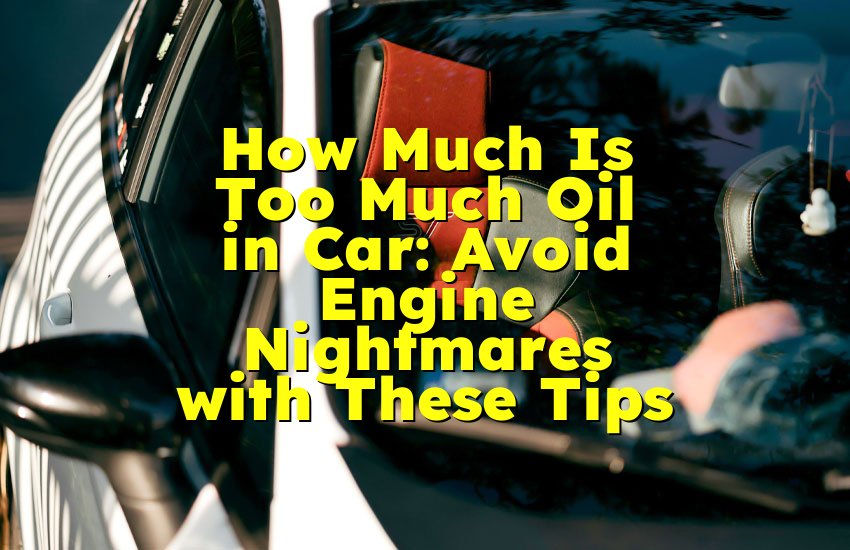As an Amazon Associate, I earn from qualifying purchases at no extra cost to you.
Why Does My Car Bounce When I Drive? Discover the Surprising Reasons!
Your car may bounce when you drive due to worn-out shock absorbers or suspension issues. This problem can affect your vehicle’s stability and handling, leading to an uncomfortable driving experience.
It is important to address this issue promptly to ensure your safety on the road and prevent further damage to your car. Ignoring the bouncing can result in costly repairs down the line and compromise your driving comfort. By diagnosing and fixing the underlying cause of the bouncing, you can enjoy a smoother and safer driving experience.
Regular maintenance and inspections are key to identifying and addressing any issues with your car’s suspension system promptly.
Common Causes Of Car Bouncing
Uneven Tire Pressure
Uneven tire pressure can cause your car to bounce as it drives, leading to an uncomfortable ride.
Worn Out Shock Absorbers
Worn out shock absorbers are a common culprit for car bouncing, as they are designed to absorb impact.
Impacts Of Bouncing Car
When your car bounces while driving, it can have several impacts on both the vehicle itself and your driving experience. Understanding these impacts can help you to recognize the importance of addressing the issue promptly.
Decreased Vehicle Control
A bouncing car can lead to decreased vehicle control as the suspension may struggle to maintain tire-to-road contact. This can result in a less stable driving experience, making it more challenging to navigate corners and obstacles on the road.
Increased Wear On Other Parts
The bouncing motion of the car can put increased wear on other parts of the vehicle, including the suspension system, tires, and even the steering components. Continuous bouncing can accelerate the wear and tear on these critical elements, potentially leading to more severe and costly issues over time.
Diy Solutions To Reduce Bouncing
If your car bounces excessively while you drive, it can be a frustrating and uncomfortable experience. Fortunately, there are a few do-it-yourself solutions you can try to reduce the bouncing and improve your overall driving experience. In this section, we will explore two key areas to focus on – checking and adjusting tire pressure, and inspecting and replacing shock absorbers.
Check And Adjust Tire Pressure
One of the most common causes of car bouncing is incorrect tire pressure. When your tires are overinflated or underinflated, it can affect their ability to absorb shocks and bumps on the road. To address this issue, it’s important to regularly check your tire pressure and make adjustments as needed.
Here’s how you can check and adjust tire pressure:
- Start by finding the recommended tire pressure for your specific vehicle. This information is often located in your car’s owner manual or on a sticker inside the driver’s side door jamb.
- Locate a tire pressure gauge. This simple tool can be purchased at most auto supply stores and is essential for accurate pressure measurements.
- Remove the valve cap from the tire and firmly press the gauge onto the valve stem. You should hear a hissing sound as air is released into the gauge.
- Read the pressure measurement on the gauge. If the reading is higher or lower than the recommended pressure, you will need to adjust it accordingly.
- To add air, use an air compressor at a gas station or invest in a portable tire inflator for convenience. To release air, press the small pin in the center of the valve stem using a fingernail or a tool designed specifically for this.
- Repeat this process for all four tires, ensuring they are all inflated to the correct pressure.
Inspect And Replace Shock Absorbers
Another potential cause of car bouncing is worn-out or damaged shock absorbers. The shock absorbers are designed to dampen the impact of bumps and uneven surfaces, providing a smoother ride for you and your passengers. If these components are compromised, it can lead to increased bouncing.
Here’s how you can inspect and replace shock absorbers if necessary:
- Locate the shock absorbers under your car. They can usually be found near the wheels, attached to the suspension system.
- Visually inspect the shock absorbers for signs of leakage, damage, or excessive rust. If you notice any of these issues, it’s likely time to replace them.
- If you’re unsure about the condition of your shock absorbers, you can perform a bounce test. Push down on each corner of the car with your body weight and release. If the car continues to bounce multiple times, the shock absorbers may be worn out.
- Replacing shock absorbers typically requires specialized tools and knowledge. If you are not comfortable doing this yourself, it’s best to consult a professional mechanic who can ensure the job is done correctly.
By regularly checking and adjusting tire pressure and inspecting and replacing shock absorbers when necessary, you can greatly reduce the bouncing sensation in your car and enjoy a smoother and more comfortable ride. Remember, safety should always be a priority, so if you’re unsure about any DIY repairs, it’s best to seek professional assistance.
When To Seek Professional Help
If you notice that your car bounces while driving, it’s important to seek professional help. This issue could be due to problems with your suspension system or worn-out shock absorbers. Get a professional evaluation to ensure a safe and smooth ride.
Persistent Bouncing After Diy Fixes
So you’ve tried a few DIY fixes to address the bouncing of your car, yet the problem persists. In such cases, it’s important to know when to seek professional help. DIY fixes can sometimes be effective in resolving minor issues with your car’s bouncing, but there are instances where the problem may be more complex than initially thought.
If you find that your car continues to bounce even after attempting several DIY fixes, it may be time to consult with a professional mechanic. They have the expertise and diagnostic tools to identify underlying issues and provide appropriate solutions. Leaving the problem unresolved can lead to further damage, increased repair costs, and potential safety risks.
Unusual Noises While Driving
Another indication that it’s time to seek professional help is when your car starts making unusual noises while you’re driving. These noises can include clunks, squeaks, thumps, or any other unfamiliar sound that accompanies the bouncing motion of your vehicle.
Unusual noises often indicate a more serious problem that may require professional attention. This could be due to worn-out suspension components, damaged shocks or struts, or other mechanical issues that affect your car’s stability and ride quality. Ignoring these noises could result in further damage to your car and compromise your safety on the road.
FOR REFERENCE| Scenario | Recommendation |
|---|---|
| Persistent Bouncing After DIY Fixes | If your car continues to bounce even after attempting several DIY fixes, it may be time to consult with a professional mechanic. They have the expertise and diagnostic tools to identify underlying issues and provide appropriate solutions. Leaving the problem unresolved can lead to further damage, increased repair costs, and potential safety risks. |
| Unusual Noises While Driving | Another indication that it’s time to seek professional help is when your car starts making unusual noises while you’re driving. These noises can include clunks, squeaks, thumps, or any other unfamiliar sound that accompanies the bouncing motion of your vehicle. Unusual noises often indicate a more serious problem that may require professional attention. This could be due to worn-out suspension components, damaged shocks or struts, or other mechanical issues that affect your car’s stability and ride quality. Ignoring these noises could result in further damage to your car and compromise your safety on the road. |
Cost Factors Of Fixing Bouncing Cars
When it comes to addressing the problem of a bouncing car, understanding the cost factors of fixing this issue can be crucial. From tire replacements to shock absorber fixes, each factor involves specific costs that car owners need to be aware of. By being informed about the potential expenses, individuals can make sound decisions about the maintenance and repair of their vehicles.
Tire Replacement Costs
Tire replacements are a common solution for addressing bouncing cars. The cost of replacing tires varies based on factors such as the quality of the tires, the size of the vehicle, and the brand preference. Typically, the price for a single tire can range from $50 to $200, while a full set of tires can cost between $200 and $800, including installation and balancing charges.
Shock Absorber Replacement Costs
Shock absorbers play a significant role in providing stability and cushioning against road imperfections. When it comes to addressing bouncing cars, the cost of shock absorber replacement is an important consideration. The price for replacing shock absorbers can range from $150 to $300 per shock absorber, with additional expenses for labor and other associated parts.

Credit: www.collegeessayguy.com
Safety Concerns Of Ignoring Bouncing Issues
When your car bounces as you drive, it is crucial to address this issue promptly to ensure safety on the road. Ignoring bouncing issues can lead to various safety concerns that can affect both you and other drivers on the road. It’s important to understand the potential risks associated with ignoring these issues to make informed decisions about maintaining your vehicle’s safety.
Risk Of Losing Control While Driving
If left unattended, bouncing issues in your car can significantly increase the risk of losing control while driving. The uneven movement of the vehicle can cause instability, especially when navigating corners or navigating over uneven road surfaces. This can compromise your ability to maintain proper steering control, posing a serious risk to your safety and the safety of others on the road.
Potential Damage To Suspension System
Continued bouncing while driving can lead to potential damage to your car’s suspension system. The repeated impact and stress on the suspension components can cause premature wear and tear, leading to costly repairs and replacements. Ignoring bouncing issues can result in further damage to the suspension system, compromising the overall performance and safety of your vehicle.
Routine Maintenance To Prevent Bouncing
Proper care can help eliminate the unnerving bounce in your car’s ride. Regular check-ups and inspections put you ahead.
Regular Tire Inspections
Keep tires properly inflated and inspect for wear and tear regularly. Uneven tire wear can lead to bouncing.
Scheduled Suspension Check-ups
Regular suspension check-ups ensure components are in optimal condition. Identify and fix issues before they worsen.

Credit: www.formula1.com
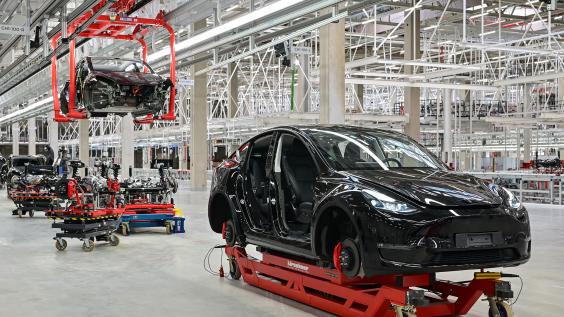
Credit: www.bakerinstitute.org
Conclusion
Experiencing a bouncing car can be caused by various issues. Understanding the problem and its solutions are crucial for a smoother and safer driving experience. Regular maintenance and timely repairs are essential for addressing the underlying causes. By addressing the issue promptly, you can ensure a comfortable and stable ride.



